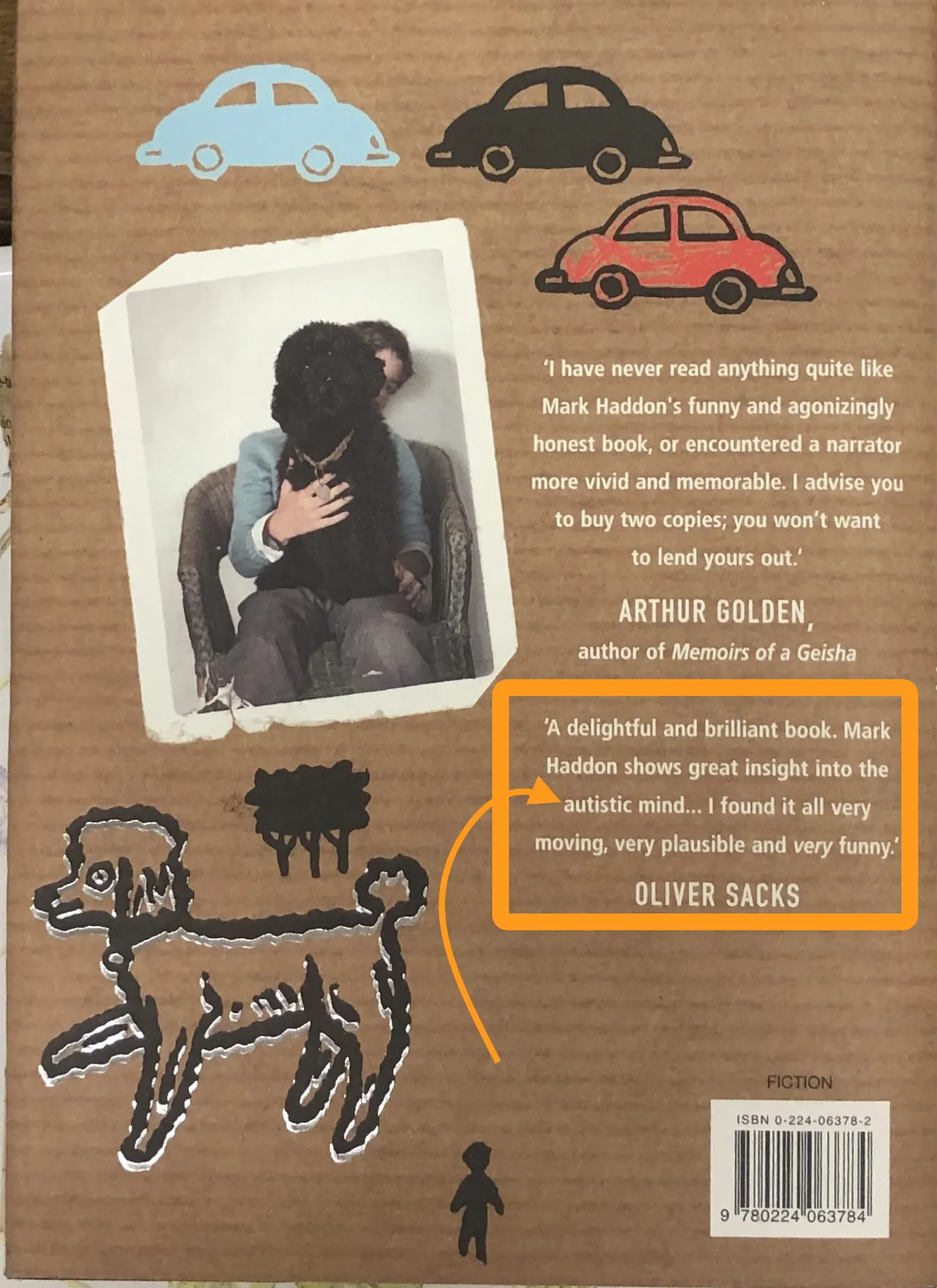Imagine discovering your neighbor’s dog stabbed to death in the dead of night. That’s the gripping hook of The Curious Incident of the Dog in the Night-Time by Mark Haddon, a first-person narrative following 15-year-old Christopher Boone, a mathematically gifted teen with high-functioning autism or Asperger’s Syndrome. As he embarks on a Sherlock Holmes-inspired investigation, readers are drawn into his unique worldview—one filled with precise observations but blind spots in social nuances. This young adult novel doubles as an insightful adult read, blending mystery, personal growth, and revelations about neurodiversity. For dog lovers and pet owners, it poignantly underscores canine loyalty amid human complexities.
If you’re exploring heartfelt stories involving dogs, check out our guide to the best books for first time dog owners, which highlights titles like this one for building empathy with pets.
Decoding Neurodiversity: Autism in Focus
The book never explicitly names autism or Asperger’s, yet Christopher’s traits shine through vividly. His exceptional attention to detail, logical mindset, and struggles with emotions mirror real experiences on the spectrum. The 2003 edition’s back cover features a quote from neurologist Oliver Sacks: “Mark Haddon shows great insight into the autistic mind.”
 Oliver Sacks quote on the back cover praising the book's insight into the autistic mind
Oliver Sacks quote on the back cover praising the book's insight into the autistic mind
This portrayal draws from authentic insights, making it a valuable read for anyone interested in how neurodiverse individuals perceive the world—including interactions with pets like dogs, which Christopher finds reliably straightforward.
Prime Numbers, Puzzles, and a Distinctive Structure
Haddon’s structure masterfully echoes Christopher’s mind: chapters numbered with prime numbers only, interspersed with math diagrams and puzzles. The narrative prioritizes hyper-detailed observations, rigid logic, and aversion to metaphors, creating a stilted yet authentic voice. Snippets explain his coping mechanisms, from sensory overload to daily routines, offering a window into life on the spectrum.
This innovative format not only entertains but educates, showing how math provides solace in an unpredictable world. For pet enthusiasts, it parallels the comfort dogs offer—predictable moods like happy, sad, cross, or concentrating, without the “lies” humans tell.
An Honest Narrator with Hidden Blind Spots
Christopher’s literalism defines him: he dissects jokes but misses their punchline, despises white lies for politeness, and rejects metaphors as deceptive (though similes pass muster as truthful comparisons). Truth is his north star, fueling his quest despite social awkwardness.
This “pathologically truthful” lens uncovers deeper family secrets, elevating a simple whodunit. Humor emerges from his bluntness and desire to blend in, resonating with readers who appreciate unfiltered perspectives. In a pet care context, it reminds us why dogs excel as companions—they communicate honestly through behavior, not words.
Explore more canine-themed tales in our review of the curious incident of the dog in the night, perfect for fans of mystery-solving pups.
Logic, Math, and the Allure of Dogs
Math appeals to Christopher for its certainty: “Prime numbers are what is left when you have taken all the patterns away.” Life’s chaos contrasts sharply, yet he rationalizes quirks—like favorite colors to simplify choices amid his photographic memory.
Sherlock Holmes inspires him, echoing the detective’s mantra: “The world is full of obvious things which nobody by any chance observes.” Dogs embody reliability: “You always know what a dog is thinking… dogs are faithful and they do not tell lies because they cannot talk.” Love, too, gets a practical definition—helping in trouble, caring daily—which aligns with devoted pet ownership.
For those preparing for a furry family member, consider books to read before getting a puppy to grasp these emotional bonds early.
Comparisons to Similar Works
Rereading during a stressful trip mirrored Christopher’s own arduous journey, heightening empathy. It shares threads with Iris Murdoch’s The Word Child, featuring a tacitly neurodiverse protagonist, and Yōko Ogawa’s The Housekeeper and the Professor, where math patterns intersect with altered cognition.
Dog-centric reads like the black dog book or hundred mile an hour dog offer lighter vibes but echo themes of unwavering animal companionship.
Why This Book Resonates with Pet Lovers
The Curious Incident of the Dog in the Night-Time transcends mystery, delving into truth, perception, and connection. Christopher’s growth—conquering fears and decoding emotions—offers hope, while the dog’s death sparks reflections on pet safety and loyalty.
Veterinarians and animal behaviorists often note dogs’ clear signals, much like Christopher craves, reinforcing why they’re ideal for neurodiverse households (American Veterinary Medical Association guidelines emphasize routine and predictability in pet care).
Conclusion
Ultimately, Haddon’s novel celebrates logic amid chaos, with dogs as beacons of fidelity. It equips readers—especially new pet parents—with insights into observation and empathy. Consult breed-specific care guides or a vet for your dog’s needs, and dive into this story for a profound, puzzle-filled experience.
Ready for more? Explore our collection of dog care books and tips to enhance your pet parenting journey!
References
- Haddon, Mark. The Curious Incident of the Dog in the Night-Time. Doubleday, 2003.
- Sacks, Oliver. Quote from book back cover.
- American Veterinary Medical Association (AVMA) resources on pet behavior: avma.org.
